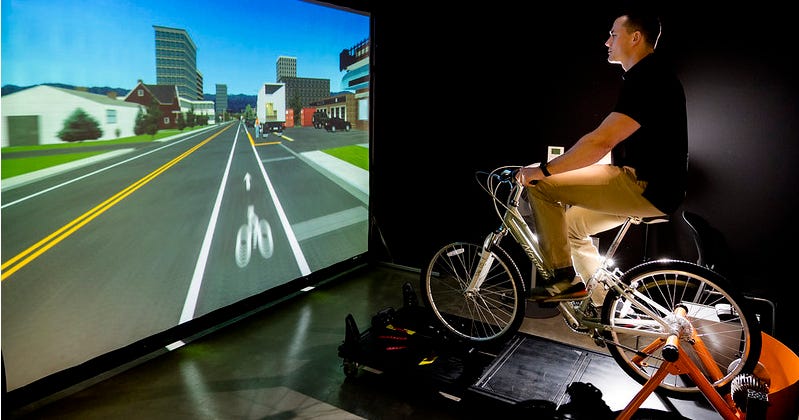The Idaho Stop: It’s Safer for Bikes Than It Sounds
NEWS: Cyclists can legally roll through stop signs in 10 states; research shows it's sometimes better than stopping
Keep reading with a 7-day free trial
Subscribe to Why We Ride: The Destination Cycling Guide to keep reading this post and get 7 days of free access to the full post archives.




